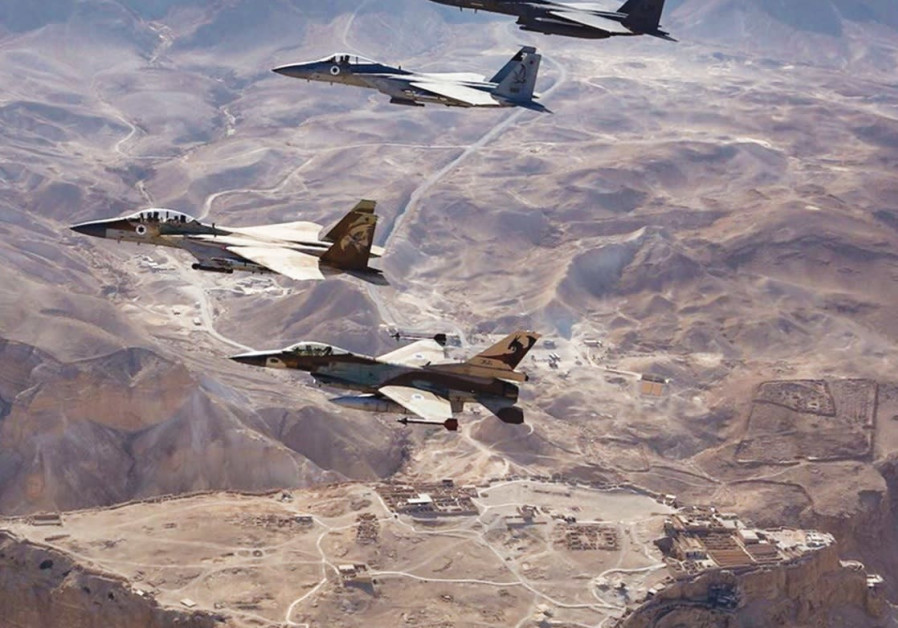Since the Russians entered the bloody conflict in 2015, the Syrian regime has become more brazen in its responses to Israeli strikes.

With Russia considering supplying the S-300 surfaceto- air missile systems to Syria, Israel’s air superiority is at risk of being challenged in one of its most difficult arenas.
With a deconfliction mechanism in place with Russia over Syria in order to avoid any unwanted conflict with the superpower, Israel has largely had free reign over Syrian skies to carry out strikes on targets deemed a threat to the Jewish state.
Over the course of Syria’s seven-year-long civil war, Israel has publicly admitted to having struck over 100 Hezbollah convoys and other targets in Syria, while keeping mum on hundreds of other strikes that have been attributed to the Jewish state.
Prime Minister Benjamin Netanyahu has said that strikes will continue when “we have information and operational feasibility.”
Syrian air defenses are largely Soviet-era systems, comprised of SA-2s, SA-5s and SA-6s, as well as more sophisticated tactical surface-to-air missiles such as the SA-17 and SA-22 systems. The most up-to-date system that Moscow has supplied to the Syrian regime is the shortrange Pantsir S-1, which has shot down drones and missiles that have flown over Syria.
Russian chief of main operational directorate Col.-Gen. Sergei Rudskoy said Saturday evening that “In the past year and a half, Russia has fully restored Syria’s air defense system and continues to further upgrade it.”
Moscow had “refused” to supply the surface-to-air missile system to Syria a few years ago after “taking into account the pressing request of some of our Western partners.”
But following US-led air strikes on the Syrian regime’s chemical weapons infrastructure, Russia considers “it possible to return to an examination of this issue, not only in regard to Syria but to other countries as well,” he said.
The advanced S-300 would be a major upgrade to Syrian air defenses and pose a threat to Israeli jets as the long-range missile defense system can track objects like aircraft and ballistic missiles over a range of 300 kilometers.
A full battalion includes six launcher vehicles, with each vehicle carrying four missile containers for a total of 24 missiles, as well as command- and-control and longrange radar detection vehicles.
The system’s engagement radar, which can guide up to 12 missiles simultaneously, helps guide the missiles toward the target. With two missiles per target, each launcher vehicle can engage up to six targets at once.
Since the Russians entered the bloody conflict in 2015, the Syrian regime has become more brazen in its responses to Israeli strikes.
Last March, Israeli jets carrying out air strikes against several targets in Syria were targeted with three anti-aircraft missiles with a 200-kilogram warhead. The missiles were shot down by the Arrow advanced missile-defense system in the first usage of the system in a combat situation.
In February, Syria succeeded – after launching a salvo of between 15-20 anti-aircraft missiles – in bringing down an Israeli F-16 (which crashed inside Israeli territory) that was carrying out a strike. Both pilots ejected from the jet and have since returned to duty.
If the Russians supply the advanced S-300 to Syria, Israeli jets may face these scenarios more often. And it could be just a matter of time before an Israeli pilot is killed.
As reported by The Jerusalem Post
